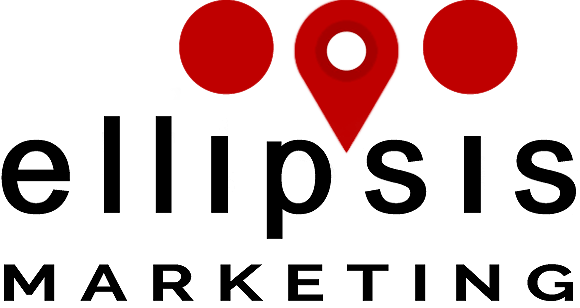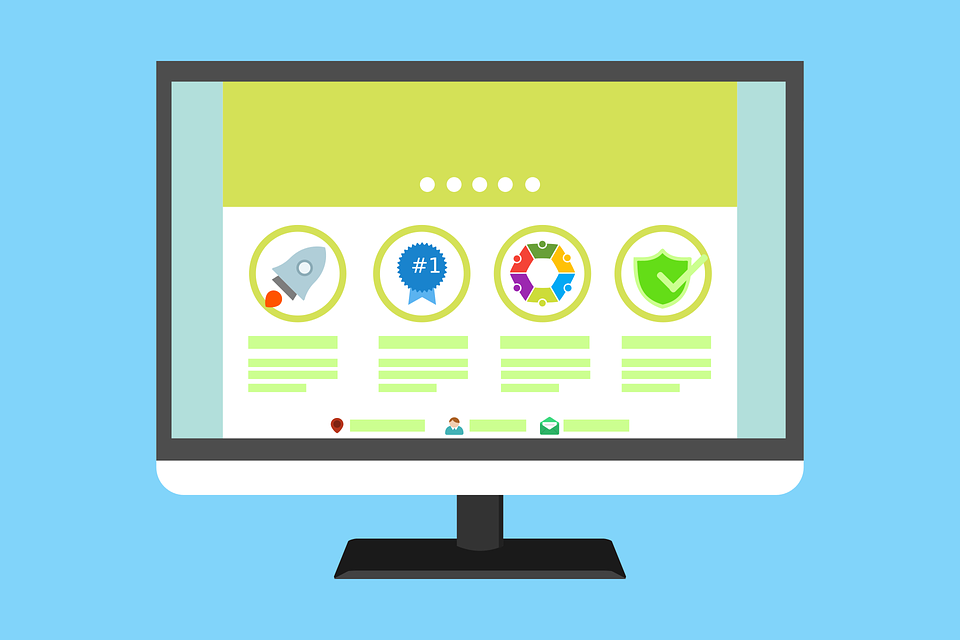|
|
How a Good Web Design can do wonders for your Small Business Website
The success of a business website depends on how it is designed. A nicely designed website must offer outstanding user experience and resonate with your brand. Whether you intend to increase brand awareness or sell a product, a functional website design is the difference between more conversions and lost prospects. Here are key attributes of web design you should know. 1. A high-quality image is worth a thousand wordsPictures convey more information quicker than blocks of text. They can be strategically placed on your business website to subtly guide the audience or prospects where you want them to go. High-quality images act as an arrow pointing to conversion points such as ‘contact us’ and ‘shop now.’ When choosing pictures for your business site, keep in mind that quality and relevance are essential. The images must be high-resolution and complement the style of your site. Also, it is an excellent idea to add images of your employees. The human eye is inclined to recognize faces, and this could make your audience trust you more. 2. The simpler, the betterAccording to the Paradox of Choice, giving people more options makes it more challenging for them to choose anything. Having many options on your company website can overwhelm your audience. This can drastically increase the time it takes a prospect to make a decision. Remember, people come to your website with a purpose. And that purpose is never to marvel at your outstanding graphic design skills. You don’t want fancy designs to distract your audience from finding out what they came to your site for. So, look at your website and delete everything that doesn’t make sense. Simple, sleek designs allow users to navigate your website easily and find the products, services, and information that matters to them. Strategic use of white space can make your website visually appealing while making it easier for your target audience to find what they need. 3. Don’t ignore aestheticsYou probably have excellent content on your company website. However, you might be losing conversions or sales if your company website isn’t visually appealing. So, you must pay attention to typography, colors, and other aesthetic elements. Different colors elicit different emotional responses. For instance, warm tones like yellows and pinks make people more energized and excited. Cool hues like purples, blues, and greens are more calming and tranquil. And red color has been proven to make people hungry. That could be the reason most restaurants and fast-food joints prefer red logos! 4. Pay attention to your webpage load timeSeveral years ago, marketers believed that users would abandon a site if it took longer than 8 seconds to load. Well, this is no longer the case. If your site takes longer than 3 seconds to load, the chances are that you’re losing valuable customers. Be sure to test your website and ensure it loads fast on different screens – desktops, tablets, and smartphones. 5. Keep your goal in mindYour website will mean nothing if it’s not centered around your business goals. The end-goal must be at the core of an effective web design strategy. Everything from content and aesthetic to page load speed has a direct impact on whether or not your site users will interact with it in a way that meets your top objectives. Be clear and honest about what your website is all about. If you want to boost direct sales, ensure conversion points such as “add to cart” buttons are eye-catching and strategically placed. Now you’re equipped with tips and details you need to make your business website generates more leads and more sales. Tags: Web design, Business growth, Digital marketin, Small business website
------
Bob Mar/28/2020 |
|
© 2024 Ellipsis Marketing LLC - Terms of Use & Privacy Policy Website Accessibility |

